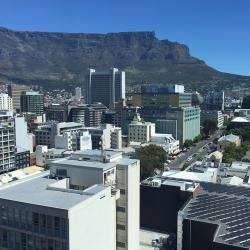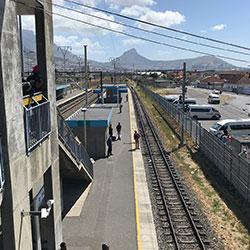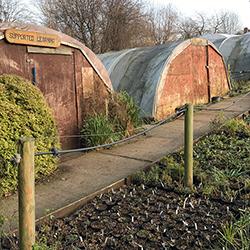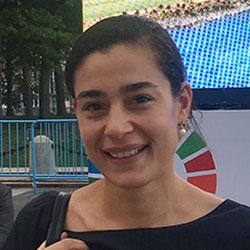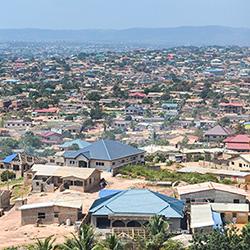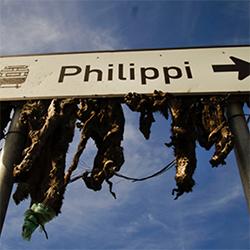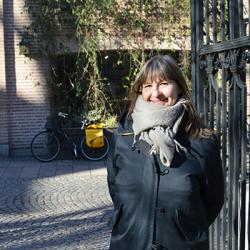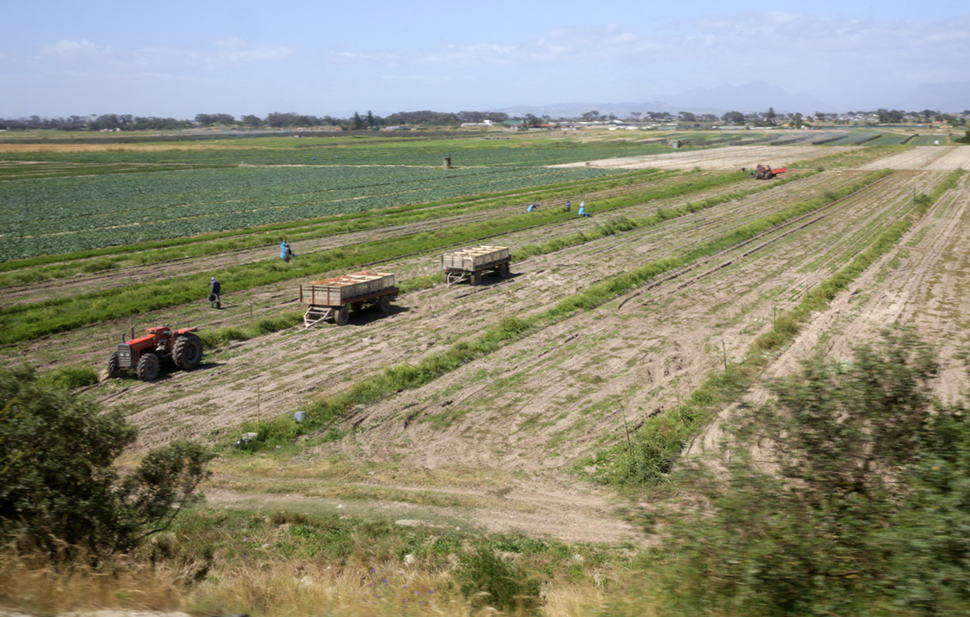
Philippi Horticultural Area – a contested site
Contested Area in Cape Town surroundings - food or housing?
Over 3000 hectares agricultural land, encircled by Cape Town, makes up Philippi Horticultural Area. A site which is highly contested. The city struggles to protect the farm land as demand for housing is ever increasing, but Cape Town also has high levels of food insecurity.
The area provides unique qualities and has a long tradition of farming. Shallow wells known locally as suigpitte (or suck holes) allow easy access to the aquifer below for irrigation, while the cool prevailing onshore winds moderate the area’s otherwise high temperature. The area serves as an important site for adapting to climate change, as floods and rain water are absorbed, recharging the large aquifer below.
The combination of moderate temperatures, easy access to water and a history of farmer knowledge in the area means that the land is productive. A significant proportion of the vegetables for the almost 4 million people living in the Cape Town area is produced here. 50 different types of vegetables are grown, including crops demanded by many of the city’s immigrants.
The proximity of the Philippi Horticultural Area to Cape Town means that produce from the area is often more affordable than the equivalent products transported from further afield. Much of what is produced is sold on the informal market, where the lower prices make the food accessible to poorer communities.
A report from 2012 found that the area provides 2000 full time and 1000 part time jobs, confirmed in an official city and provincial 2018 report. It therefore has a key function in supporting pricing and making food a public good.
To protect or not protect land?
The land in the area is privately owned, zoned largely for horticulture. The need to preserve the land was ever so apparent after the recent drought in Cape Town, leaving the city almost without water. During the drought, the need to see the land and the aquifer as interconnected became increasingly apparent.
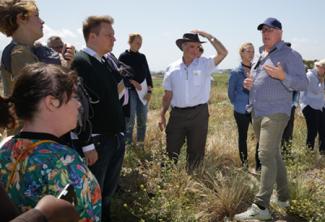
Horticultural area as public good
Just how much of Philippi Horticultural Area should be zoned for farming in future is debated. The City of Cape Town and the Western Cape Government use different maps to illustrate the area and it is thus unclear what is essential to protect. Other actors, even some farmers, are seeking changes in land use zoning. Local economic development actors also want alternative land use options. All ascribe different value to the area, to food and to the Philippi Horticultural Area as a public good. A large part has already been zoned to be developed while from one day to another informal settlements try to claim parts of the site as theirs.
The dream of a home
For anyone living in Cape Town, or for those that have ever visited the city, the need for housing is apparent as you pass by the tightly packed houses in the informal settlements found all over the city. Back yarding, to build a small informal structure (or shack) in the backyard of someone with a formal home (and title of some sort) is not unusual; in fact, it is a key means of earning a livelihood for many with formal homes. Some of the informal settlements house up to 20,000 people. The living conditions in the settlements are far from desirable as some of them lack even the most basic amenities. The Philippi Horticultural Area is therefore under constant threat to be developed into a residential area.
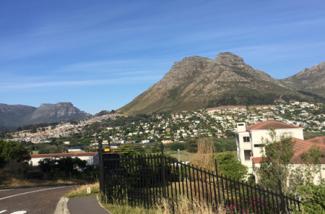
Housing at a higher cost
However there is a contested narrative in place here. Given the proximity to the aquifer and the soil types, constructing homes for many of those in need is not viable given the low value of the state-funded housing subsidy. The general geography of the area means that infrastructure, stabilisation of the soil, and even access to services would come at a far higher cost than the current subsidy allows. So on closer examination the development applications for the area are often for middle-income homes. This means that, if approved, these will provide some subsidised housing, but this would not necessarily offer any real relief to the significant housing needs of the city’s poor.
The future of Philippi Horticultural Area is yet to be determined as the struggle between competing land uses, the need for housing and urban food security and between private and public interest continues. Research conducted shows the importance of the area. Only the future will tell which interests win the battle.
By Jenny Sjödin
